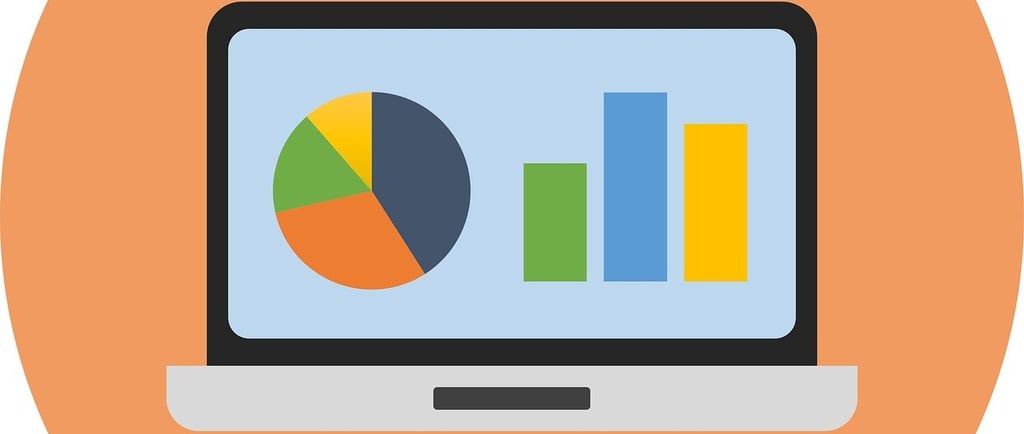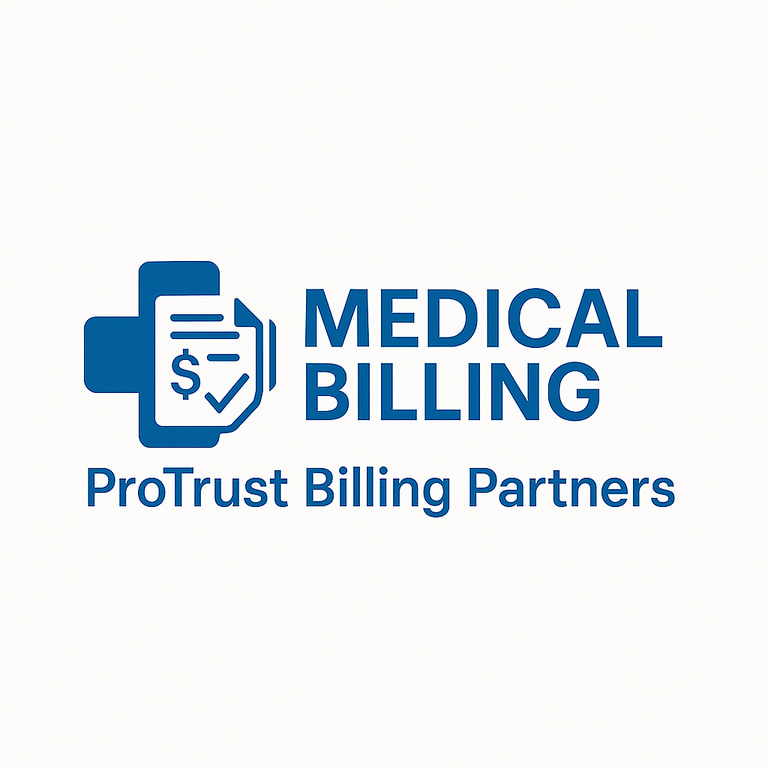What Makes a Clean Claim—and Why It Matters More Than You Think
Learn what defines a clean claim and how it impacts revenue. Discover key strategies to reduce denials and improve billing accuracy for primary care.
ProTrust Billing Partners LLC
7/24/20251 min read


In the world of medical billing, few terms are as important—and as misunderstood—as the “clean claim.” For independent primary care practices, submitting clean claims isn’t just about getting paid faster. It’s about protecting revenue, reducing administrative burden, and maintaining payer trust.
So what exactly makes a claim “clean”? And why should practices prioritize it?
1. Accurate Patient Information
A clean claim starts with the basics: correct patient demographics, insurance details, and eligibility verification. Even minor errors—like a misspelled name or outdated policy number—can trigger denials.
2. Specific and Supported Coding
Clean claims include diagnosis and procedure codes that are:
Specific to the encounter
Supported by documentation
Aligned with payer guidelines
We help practices stay current with annual coding updates and ensure codes reflect true clinical complexity.
3. Proper Use of Modifiers
Modifiers clarify procedures and prevent misinterpretation. But incorrect or missing modifiers are a top reason for denials. We tailor modifier usage based on payer rules and encounter types.
4. Timely Submission
Most payers have strict timelines for claim submission. Clean claims are submitted promptly—ideally within 24–48 hours of the encounter—to avoid delays and rejections.
5. Payer-Specific Formatting
Each payer has its own claim formatting requirements. Clean claims meet those standards, whether it’s electronic submission fields, required attachments, or NPI configurations.
Final Thought
Clean claims aren’t just about speed—they’re about strategy. At ProTrust Billing Partners, we help independent practices build systems that consistently produce clean claims, reduce denials, and maximize revenue.
